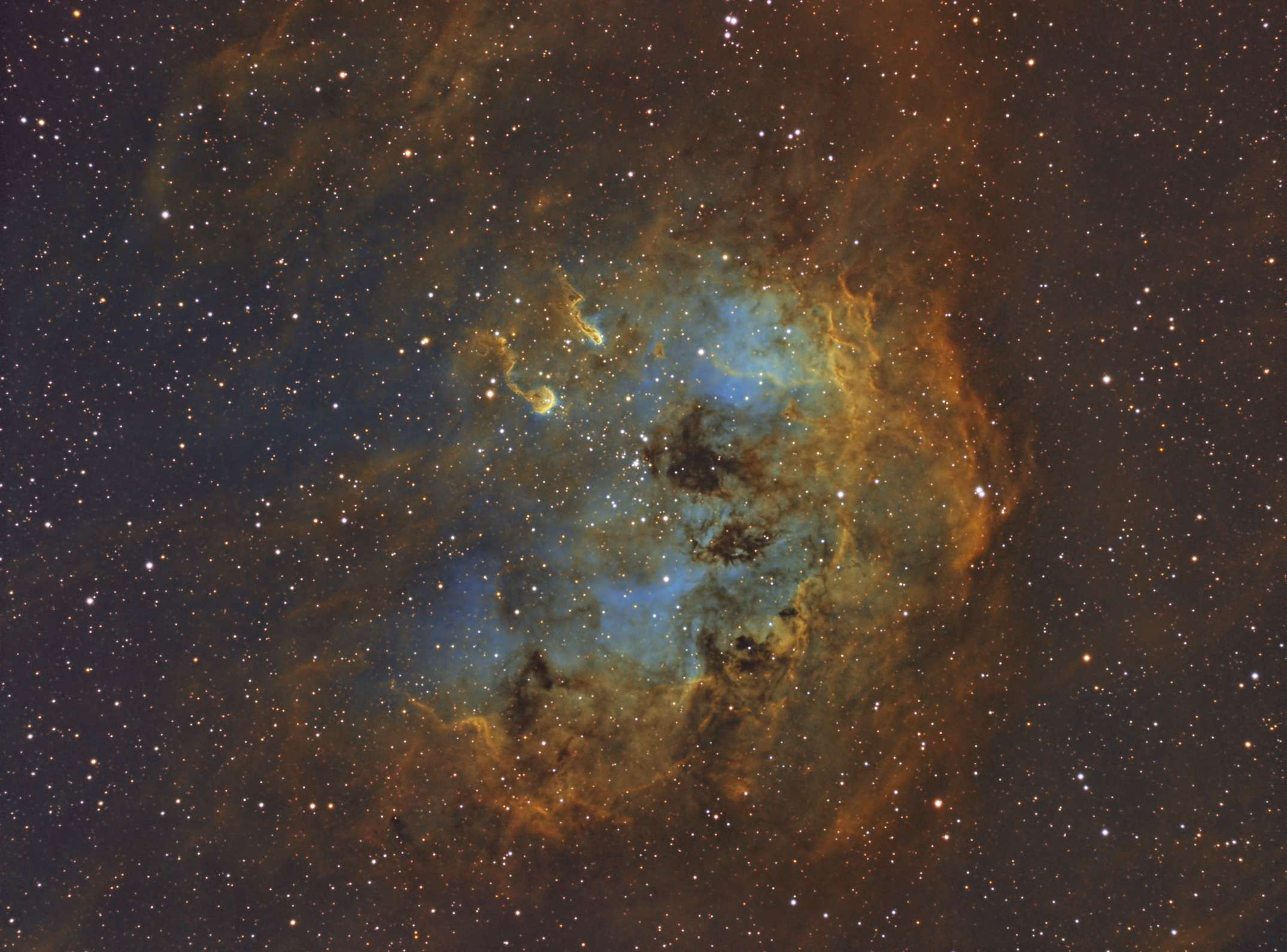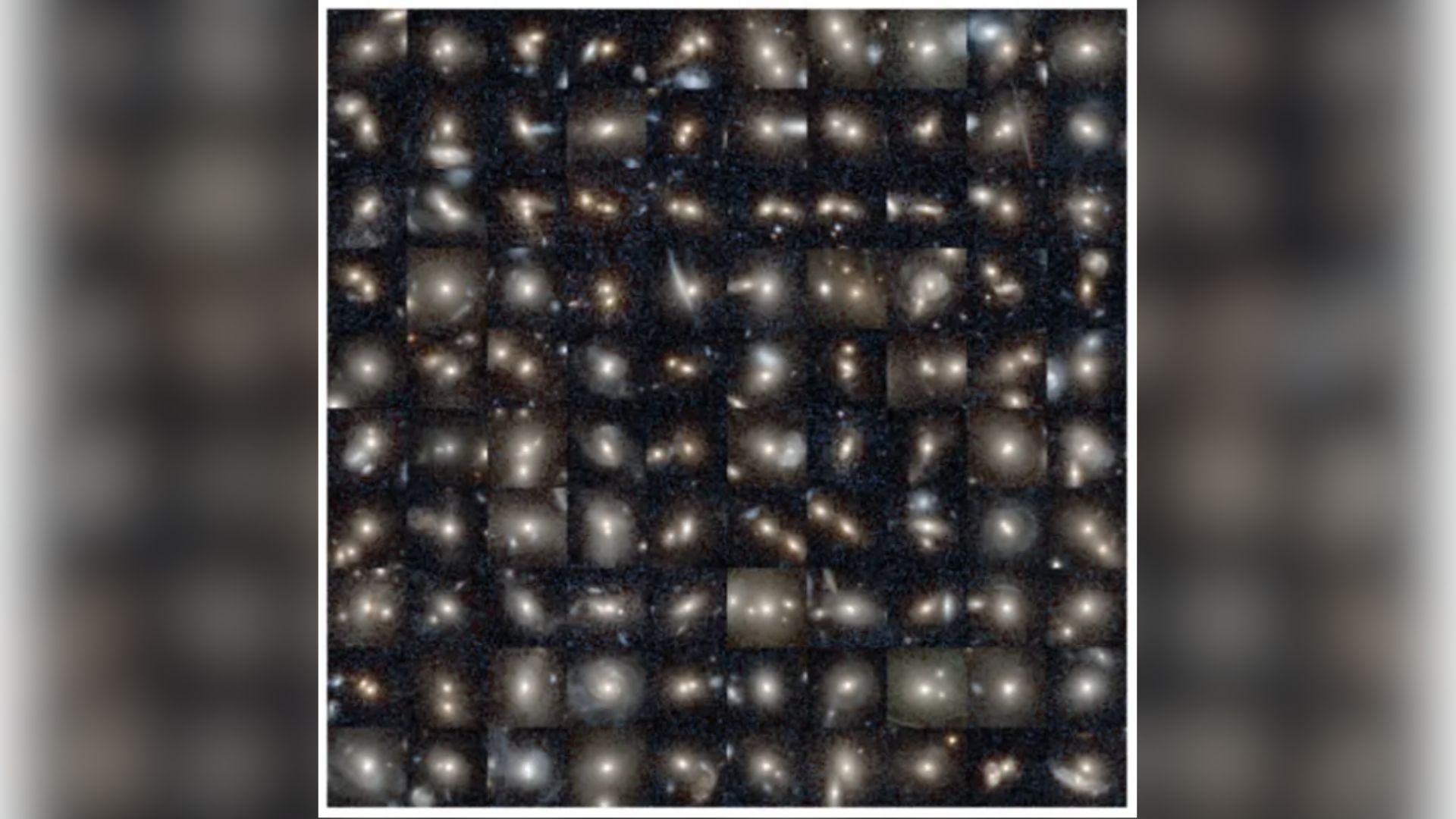Skywatcher Photo Catches Cosmic 'Tadpoles' in Celestial Pond

From his home observatory in Connellsville, Pa., avid astrophotographer Bill Snyder took this stunning photo of the so-called "tadpoles" of the emission nebula IC410 on Jan. 15. IC410 is located roughly 12,000 light-years away toward the constellation Auriga.
The tadpoles in this image are actually about 10 light-years long and are potential sites of star formation. A light-year is the distance light travels in one year, or about 6 trillion miles (10 trillion kilometers).
The nebula itself surrounds the young cluster of stars called NGC 1893. This cluster energizes the denser, cooler gas making up the tadpoles. Their unique shape is sculpted by wind and radiation from the cluster stars.
Snyder used a TMB130mm telescope equipped with an Apogee U8300 camera, as well as a mount and several filters to create this view of IC410. He had a total exposure time of more than 14 hours to capture this view of the nebula.
Editor's note: If you have an amazing skywatching photo you'd like to share for a possible story or image gallery, please contact managing editor Tariq Malik at tmalik@space.com.
Follow SPACE.com for the latest in space science and exploration news on Twitter @Spacedotcom and on Facebook.
Breaking space news, the latest updates on rocket launches, skywatching events and more!
Nina Sen is a freelance writer and producer who covered night sky photography and astronomy for Space.com. She began writing and producing content for Space.com in 2011 with a focus on story and image production, as well as amazing space photos captured by NASA telescopes and other missions. Her work also includes coverage of amazing images by astrophotographers that showcase the night sky's beauty.
